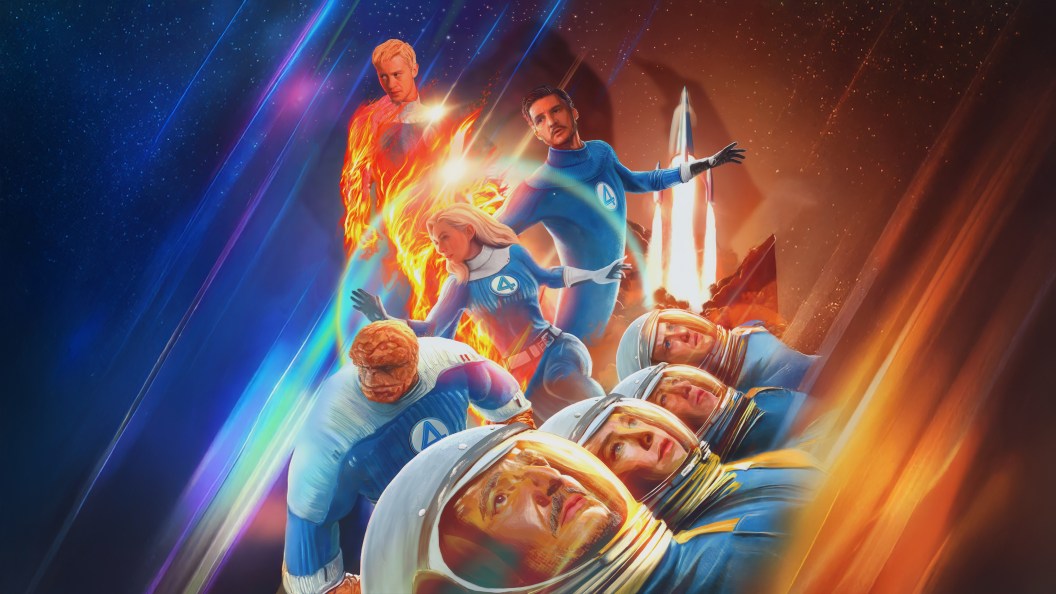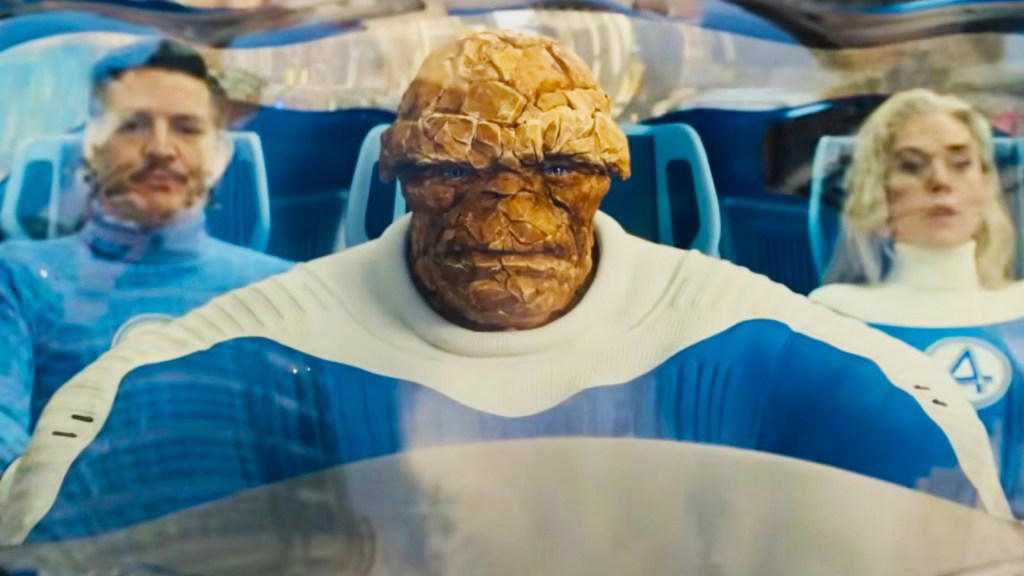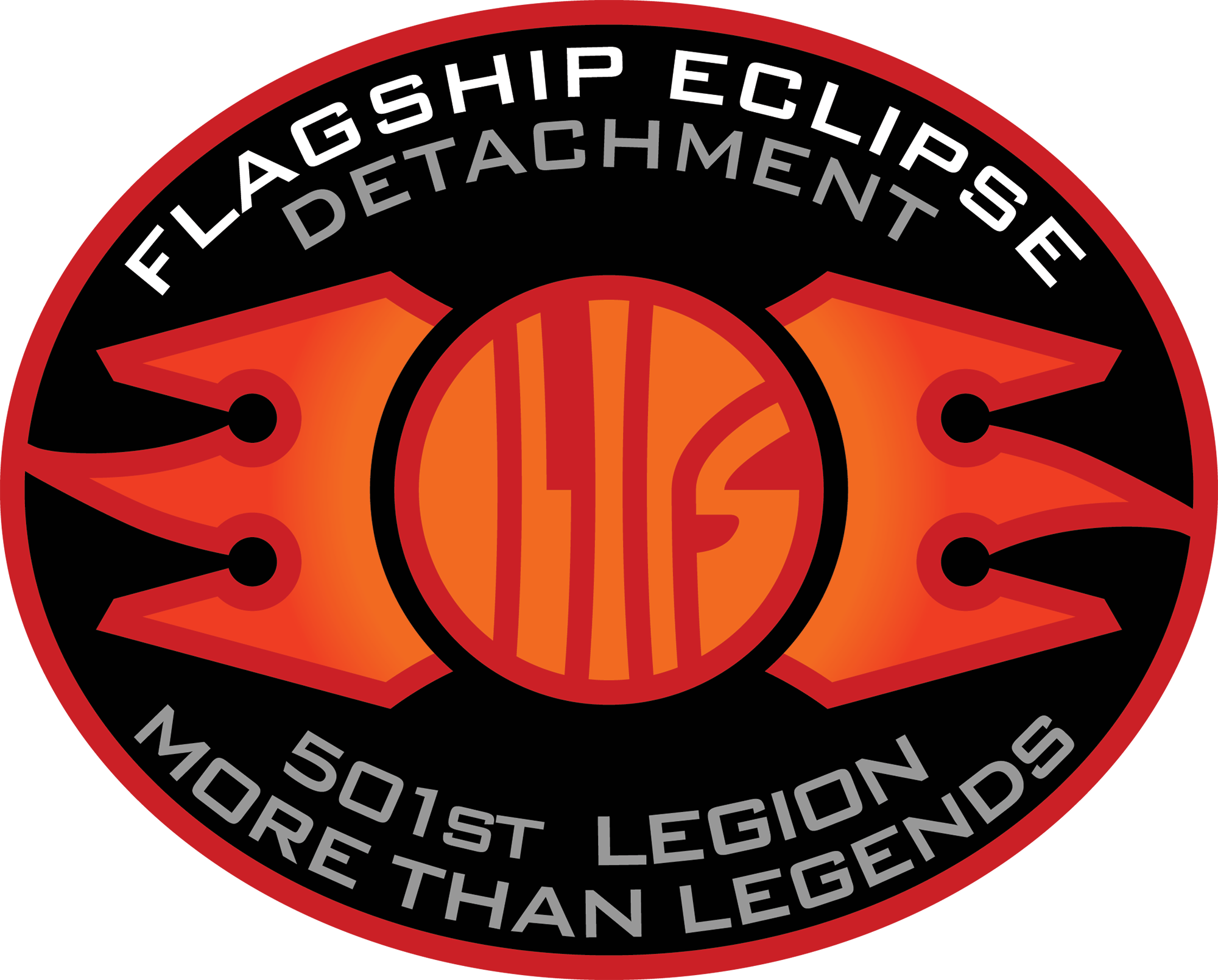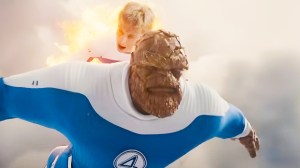
When Fantastic Four: First Steps hit theaters this weekend, it was met with a heavy dose of excitement. Audiences flocked to the theaters to witness the Marvel Cinematic Universe’s debut of Marvel’s First Family, eager to see how director Matt Shakman would bring Reed, Sue, Johnny, and Ben to life. Much of the discourse from viewers and movie critics alike centered on the film’s retro 1960s aesthetic, the stellar performances, and the adaptation of certain comic book elements. Critics lauded the character dynamics, plot, and the genuinely heartwarming moments captured the very essence of who the Fantastic Four are as a family. Yet, amidst all the well-deserved praise and thoughtful analysis, one crucial element seemed to slip through the cracks of public discussion‒ an oversight that impacted the core message of the film.
This seemingly minor detail is, in fact, central to understanding the heart of Fantastic Four: First Steps, especially when it comes to Ben Grimm, and it speaks volumes about the film’s commitment to humanizing its iconic figures beyond their extraordinary powers.
The Film Deliberately Avoids Codenames, Especially Ben’s

One of the most striking and, arguably, most overlooked aspects of Fantastic Four: First Steps is the deliberate absence of superhero codenames. Throughout the entire film, Reed Richards is never called Mister Fantastic, Sue Storm is not referred to as the Invisible Woman, and Johnny Storm is simply Johnny, never the Human Torch. This creative choice is not merely a writing or directorial oversight; it’s a deliberate and foundational element that underpins the film’s thematic depth. By consistently referring to the characters by their given names, the movie emphasizes their humanity above their extraordinary abilities. They are scientists, siblings, and friends first and foremost, grappling with the unprecedented pressure of being Earth’s protectors. This deliberate choice becomes even more significant when it comes to Ben Grimm.
The film meticulously avoids ever calling Ben Grimm “The Thing.” This isn’t a casual omission; it’s a conscious, powerful decision that aims to reshape perceptions of the character, both in-universe and for the audience. Even four years after his transformation, Ben remains just Ben to everyone around him. Reed still calls him Ben, Sue addresses him as Ben, and even casual acquaintances he passes on his frequent walks refer to him by his given name. The children at the local school idolize him and ask him to use his incredible strength for entertainment, never recoiling from his appearance or even once referring to him as anything more than a hero in their eyes.
The reason this is such a significant point is that in the comics and previous adaptations, Ben’s transformation often leads to him being immediately labeled and defined by his new, monstrous appearance. He becomes “The Thing,” an entity separate from his former self, often leading to isolation and self-pity. First Steps actively and expertly subverts this trope.
By refusing to use a codename for Ben, the film underscores that his physical transformation, while dramatic, does not diminish his inherent humanity or change his identity in the eyes of those who care about him – and more importantly, in his own eyes. He does not wallow in his altered appearance; in fact, he does not mention it at all and simply continues to live his regular life as Ben Grimm. He is not a terrible rock creature from space, as his initial appearance might suggest, but still the loyal, brave, and deeply empathetic man he always was. This choice is a constant, subtle reinforcement of the film’s core message: these powers, while transformative, do not erase who the Fantastic Four are at their core as people. It’s a powerful statement about acceptance, not just of oneself, but from one’s closest companions, ensuring that Ben’s journey is one of integration, not alienation.
Ben Grimm’s Relationship With Rachel Rozman Is Key To His Enduring Humanity

Further reinforcing the film’s commitment to humanizing Ben Grimm, and perhaps the most poignant example of the overlooked detail, is his relationship with the local elementary school teacher, Rachel Rozman (Natasha Lyonne). This isn’t a fleeting, superficial romance; it’s a genuine connection that blossoms years after Ben’s transformation. Rachel has always only known Ben in his non-human form and never as the “normal” man he was four years prior. Her affection and acceptance are never questioned; his appearance is never brought into conversation between them. They are simply Ben and Rachel – two people skirting around their crushes on each other. This relationship serves to reinforce Ben’s humanity and change the narrative from that of the classic story of tragic isolation often associated with his comic book counterpart.
Rachel’s presence ensures that Ben is not just a member of a superhero team but a person capable of experiencing love and intimacy, even in his new form. It humanizes him in a way that his dynamic with his family cannot, as there is no question that the rest of the Fantastic Four accepts and loves him no matter what. Rachel’s unwavering affection sends a clear message: Ben Grimm is still lovable, still deserving of happiness, and still fundamentally human.
These overlooked details – the consistent use of Ben’s given name and his tender blossoming relationship with Rachel – isn’t just a minor plot point; it’s the very bedrock of the film’s empathetic portrayal of Ben Grimm, making him one of the most relatable and genuinely human characters in the entire ensemble, rock-hard exterior and all.
The post There’s One Thing Marvel Fans Missed In Fantastic Four: First Steps (And It’s Important) appeared first on ComicBook.com.

